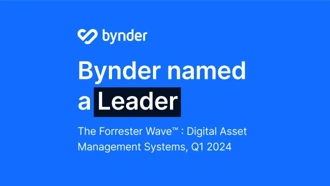What is a RACI chart?
A RACI chart is a tool that can be used to identify different roles and responsibilities and match them to the various tasks that make up a project.
They are sometimes also known as a 'responsibility assignment matrix' or a 'roles and responsibilities' chart.
What does RACI stand for?
- Responsible
- Accountable
- Consulted
- Informed
If someone is responsible, they are someone who needs to complete the task. They may be responsible for more than one task, and that’s fine so long as they aren’t overloaded.
Those who are accountable may not be doing the actual task, but they are ultimately answerable to others if it's not completed!
If a person or team are consulted, then they are helping with getting the task done, in collaboration with those responsible.
Informed parties need to be kept updated about the progress of a project, which may include receiving information about challenges and setbacks.
Why do you need a RACI chart?
With so many people involved in producing and delivering content day-to-day, it's natural that everyone is working toward different goals, aims and agendas; some of which may conflict with each other.
It makes managing and organizing your content operations all the more difficult. Installing processes like using content workflows can really help, but these workflows still need to have people assigned to them to work on each stage of content creation.
That's where RACI charts can help make life easier — they provide clarity on who needs to do what.
What are the benefits of a RACI-organised content team?
When you combine a RACI chart with a content workflow, you'll have a clear plan that can be implemented across all stages of your content creation, and it means that organizations and their content teams can:
- Reduce confusion
- Make people accountable
- Accurately assess workloads
- Allocate resources intelligently
- Prioritize tasks better
- Better allow prioritization to happen
- More effectively collaborate across teams
- Identify gaps and reduce overlap





